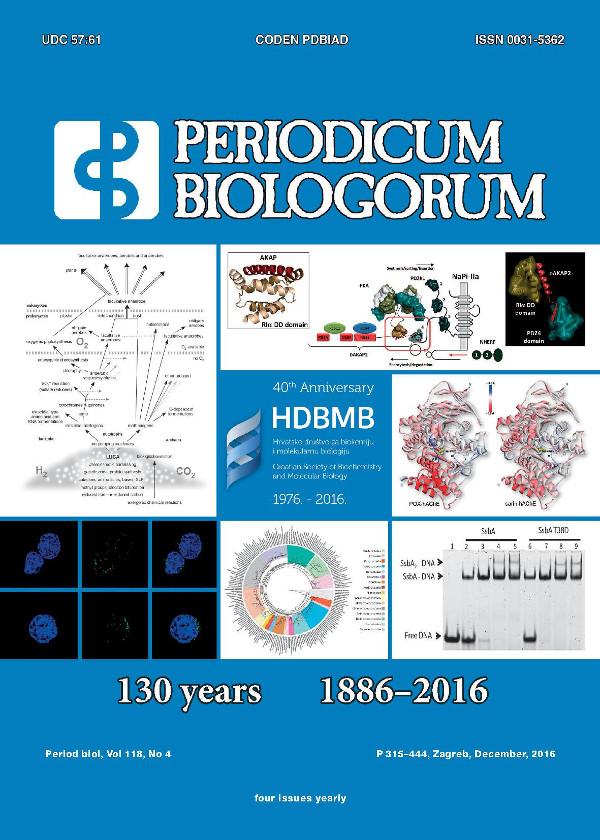Molecular mechanisms involved in the regulation of mutation rates in bacteria
DOI:
https://doi.org/10.18054/pb.v118i4.4601Abstract
Organisms live in constantly changing environments in which, the nature, severity and frequency of the environmental stresses are very variable. Organisms possess multiple strategies for coping with the environmental fluctuations. One such strategy is modulation of mutation rates as a function of the degree of adaptation to the environment. When adaptation is limited by the available genetic variability, natural selection favors cells having high mutation rates in bacterial populations. High mutation rates can be advantageous because they increase the probability of generation of beneficial mutations. Constitutive mutator alleles are carried to high frequency through hitchhiking with beneficial mutations they generate. However, once the adaptation is achieved, the cost of deleterious mutations generated by constitutive mutator alleles reduces cellular fitness. For this reason, the possibility of adapting the mutation rate to environmental conditions is interesting from an evolutionary point of view. Stress-induced mutagenesis allows rapid adaptation to complex environmental challenges without compromising the population fitness because it reduces the overall cost of a high mutation rate. Here we review the molecular mechanisms involved in the control of modulation of mutation rates in bacteria.
Downloads
Published
Issue
Section
License
The contents of PERIODICUM BIOLOGORUM may be reproduced without permission provided that credit is given to the journal. It is the author’s responsibility to obtain permission to reproduce illustrations, tables, etc. from other publications.


